Tasty Testing
Students discover the geographic regions where basil, oregano, and cilantro have cultural significance, understand the role of evaporation in herb drying, and recognize the different properties of dried and fresh herbs.
Students discover the geographic regions where basil, oregano, and cilantro have cultural significance, understand the role of evaporation in herb drying, and recognize the different properties of dried and fresh herbs.
Students observe the interactions between living plants and other living and nonliving things in a small terrarium environment and discuss similarities between the terrarium environment and the farm environment.
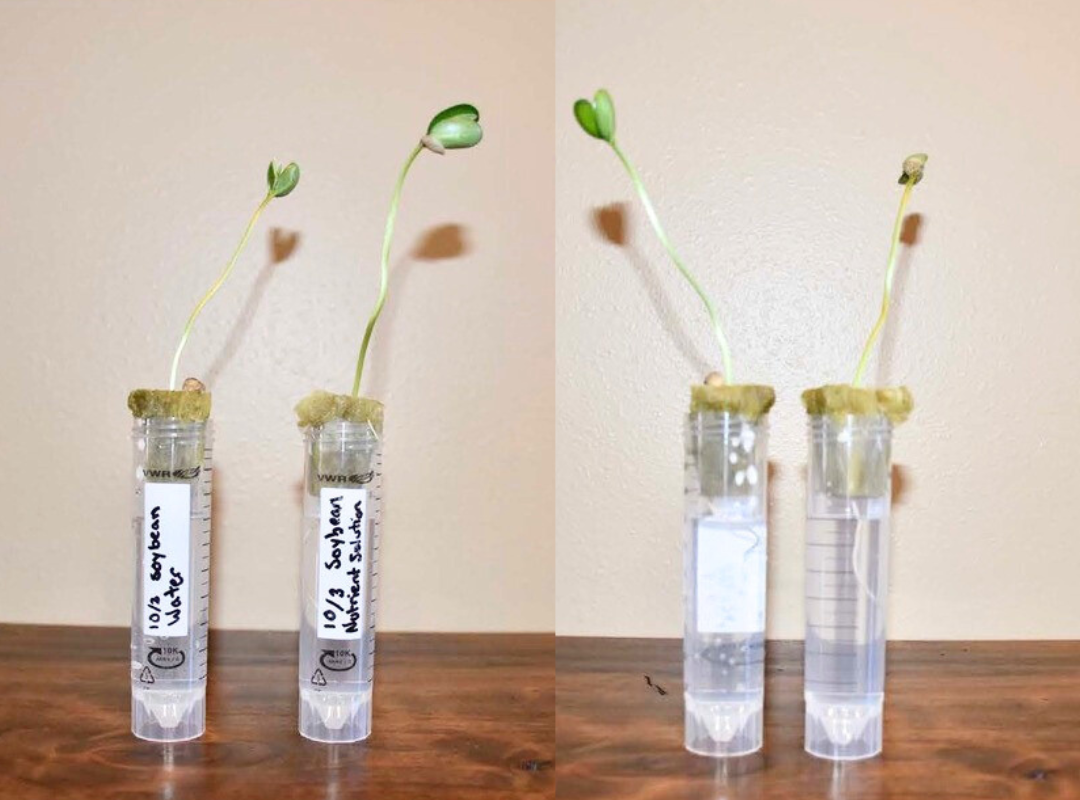
Investigate the importance of nutrients for plant growth and discover how plants grow without soil by growing and observing plants in a test tube hydroponic system.

Investigate the importance of nutrients to support plant growth and discover how plants grow without soil by growing and observing plants in a test tube hydroponic system.
Students explore soil textures and investigate the connections between soil texture, water, and plant growth.
Students discover what farmers do and how they help their community. Grades PreK-
Students explore food prices and how they have changed over time as they perform mathematical computations, analyze data charts, and compare and contrast statistical information.
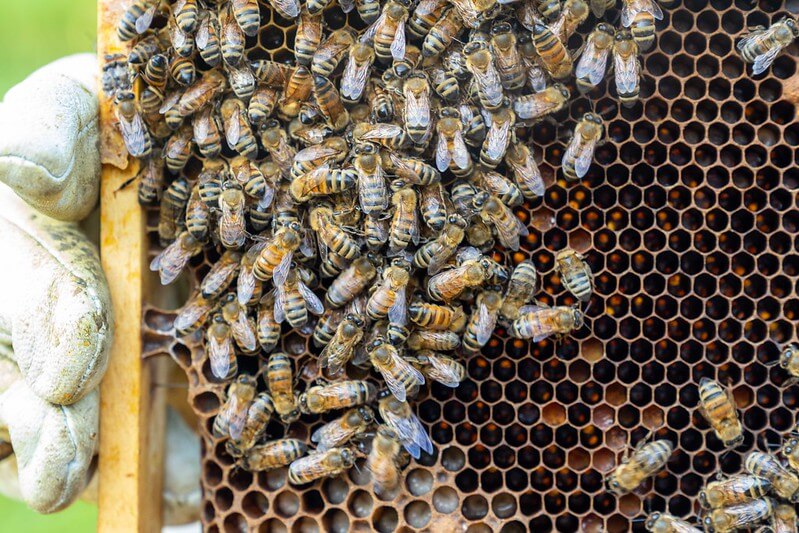
Students investigate the three types of honey bees in a colony, identify their roles, and recognize honey bees as part of a community that works together.
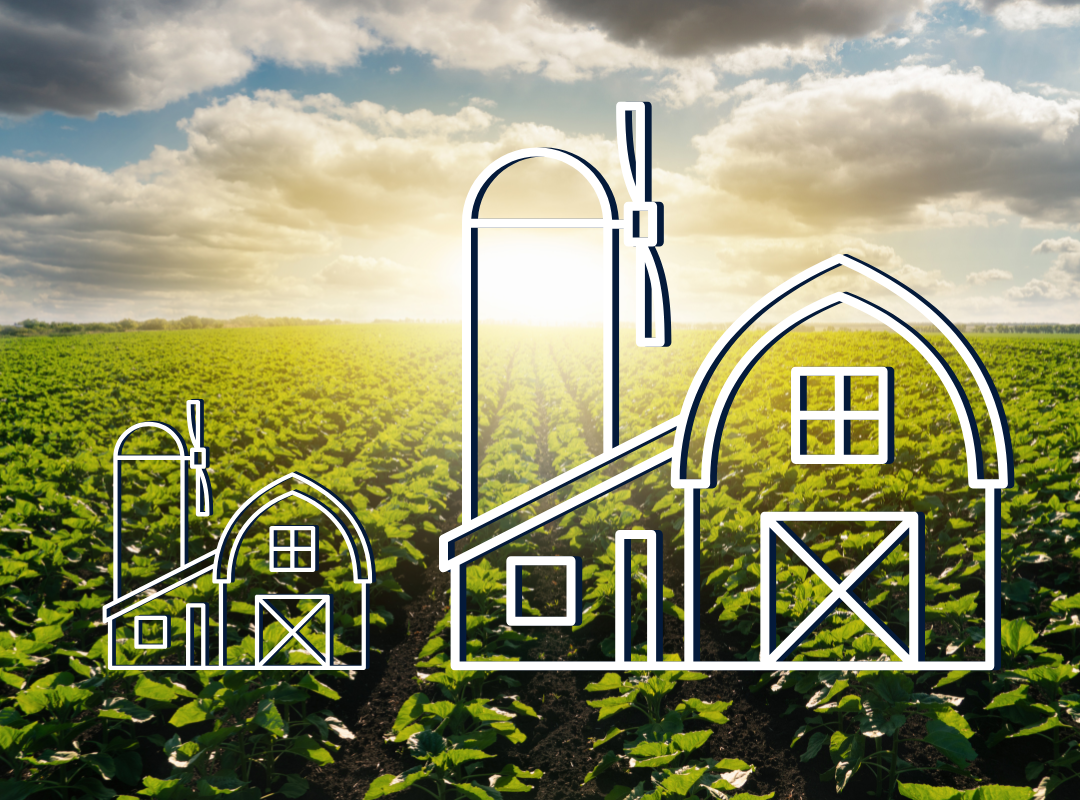
Discover how technological advances and economic forces influence the size of farms in the United States. Evaluate the pros and cons of large-scale agriculture for the production of our food, fuel and fiber and identify the similarities and differences in commercial vs subsistence farming.

Students explore the carbon cycle, evaluate natural and human-induced activities that drive the carbon cycle, and discover climate smart agricultural practices that can be used to produce our food.
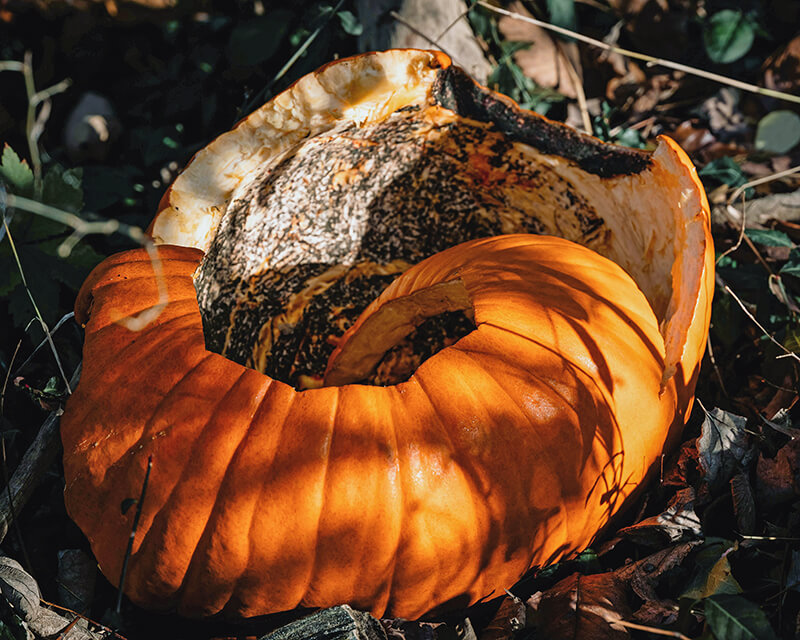
Students investigate the phenomenon of decomposing pumpkins as a part of the plant's life cycle.
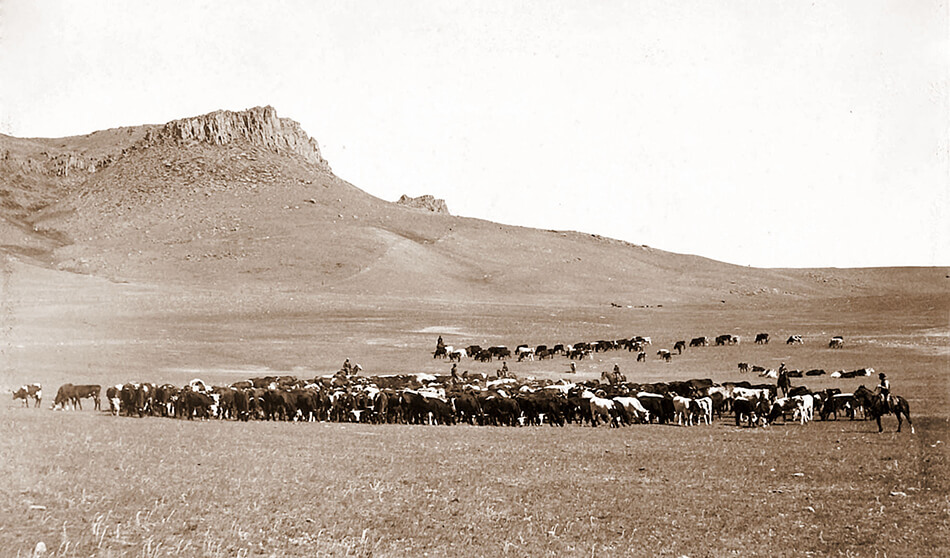
Students will gain a greater understanding of the historical context and purpose of the cattle drives that took place in the mid 1880s. Students will be able to explain the cause and effect relationships of life on the frontier including, population growth, and later the invention and use of barbed wire, refrigeration, and railroads.